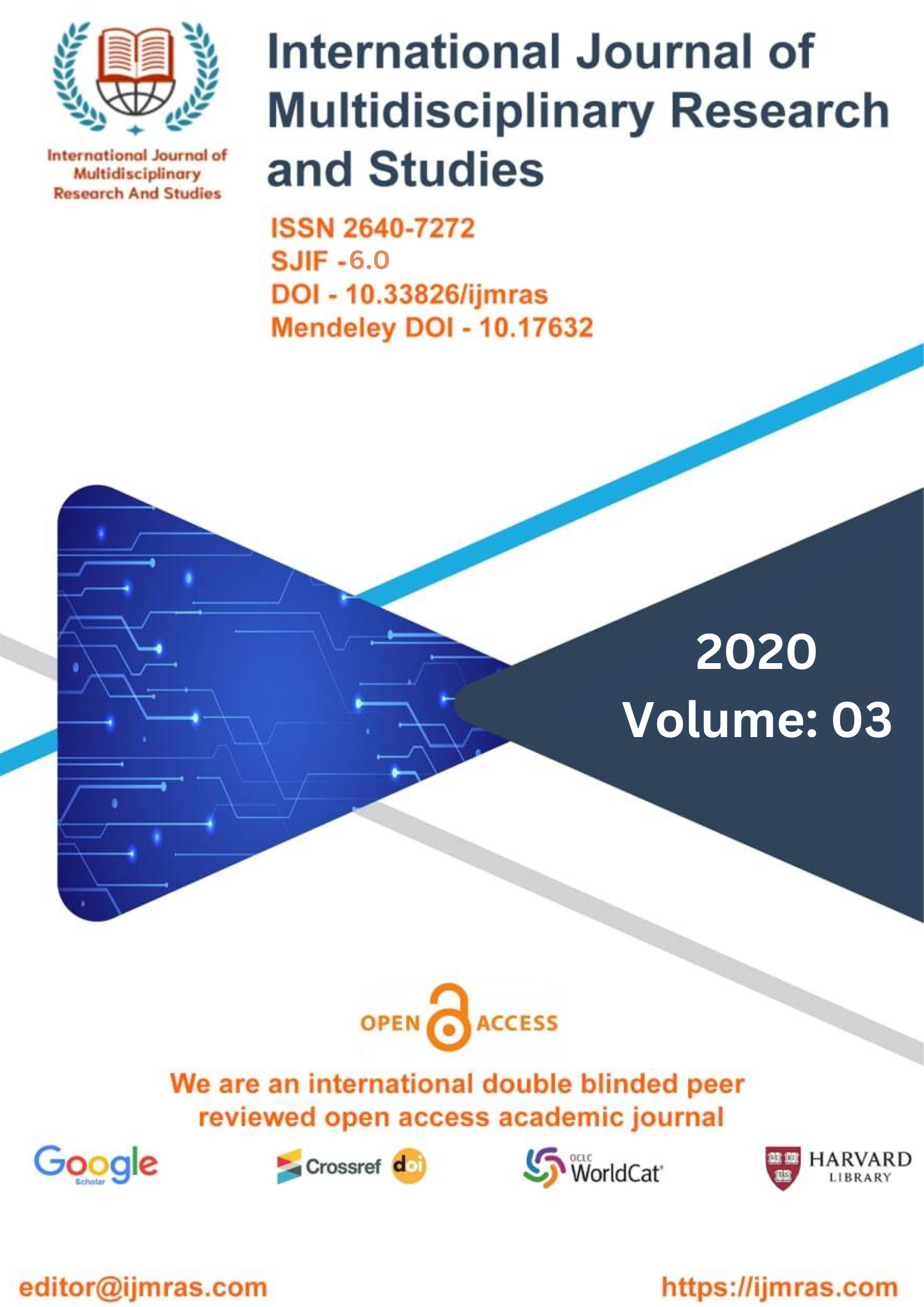SIMA KUMARI

Abstract
It is absolutely necessary to have a solid understanding of the nature of the changes that occur in rural landscapes as a result of the process of urbanization in order to establish rural management plans for sustainable development. These plans must take into account the effects that urbanization has on rural areas. Regrettably, there is a dearth of research on how changes occur in rural environments, and there is no evidence as to how these changes may be altered for the better. In addition, there is a lack of knowledge on how rural communities can adapt to these changes. There were 244.9 million households in India, 179.7 million of which were situated in rural areas, which accounted for 833 million of the country's total population. India's overall population was 1.25 billion (SECC Survey 2011). According to the findings of a study, 87.20 million rural households had at least one member who satisfied the criterion for deprivation, while 92 million rural households had at least one member who participated in agricultural or manual labour activities on an occasional basis. There is no debate about the significant role that women play in the agriculture sector. They are active in related businesses as well, such as cattle management, dairying, beekeeping, goat rearing, mushroom cultivation, and poultry farming, amongst others, and contribute to every part of agricultural operations via their involvement. It was projected that 27.44% of women participated in the workforce in 2011, while 72.56% of men did so.
Keywords
Economic, Condition, FemaleHow to Cite
References
Chaudhary, M. & Gupta, M. (2010). Gender Equality in Indian Hotel Industry –a study of perception of male and female employees. International Journal of Hospitality & Tourism Systems, Vol. 3 Issue 1.
Lahiri-Dutt, K. Roles and Status of Women in Extractive Industries in India: Making a Place for a Gender Sensitive Mining Development.
Mohapatra, D. (2015). Female Workers in the Unorganised Sector in India. International Conference on Studies in Humanities and Social Sciences (ICSHSS'15 ) Mohapatra, K.K. (2012). Women Workers in Informal Sector in India: Understanding the Occupational Vulnerability. International Journal of Humanities and Social Science, Vol. 2 No. 21.
Patel, R. & Pitroda, J. (2016). The Role of Women in Construction Industry: An Indian Perspective. Indian Journal of Technical Education (IJTE).
Paul G.D., B, Datta, S. & Murthy R., V. (2011). Working and Living Condition of Women Domestic Workers: Evidences from Mumbai. Adecco TISS Labour Market Research Initiatives (ATLMRI), Discussion Paper 13.
Thresia, C.U. (2004). Women Workers in Agriculture: Gender discrimination, working Condition, and health status.
Sakthivel, S., & Joddar, P. (2006). Unorganised Sector Workforce in India: Trends, Patterns and Social Security Coverage. Economic and Political Weekly, 41(21), 2107- 2114. Retrieved from http://www.jstor.org/stable/4418266
Anjaria, J.S. (2006). Street Hawkers and Public Space in Mumbai. Economic and Political Weekly, 2140-2146.
Arya, S.P. (1988). Social Movement-A Conceptual View. In Srivastava, S.K. & Srivastava, A.L. (Eds), Social Movements for Development (pp. 17-27). Allahabad: Chugh Publications.
Bhowmik, S.K. (2010). Street Vendors in the Global Urban Economy,New Delhi: Routledge. Blackett, A.( 2000). Making Domestic Work Visible: The Case for Specific Regulation ILO, Geneva. http://www.ilo.org/public/english/dialogue/ifpdial/publ/infocus/domestic/4_2.htm Carr, M., & Chen, Martha A. (2002). Globalisation and the Informal Economy: How Global Trade and Investment Impact on the Working Poor. Boston: WEIGO.
Chant, S., & Pedwell, C. (2008). Women, Gender and the Informal Economy: An Assessment of ILO Research and Suggested Ways Forward.
Clawson, D. (2003). The Next Upsurge: Labour and the New Social Movements Ithaca: Cornell University Press.
Dave, V.(2012). ‘Women Workers in Unorganized sector’, ”Women’s Link”,Vol.18,No.3 Delgado, A. (2008). Informal Economy Thrives in Cities. http://www.worldwatch.org/node/5480 Quest: Multidisciplinary Journal of Humanities and Social Sciences, Volume 2 Issue 2: Article No. 4
Oommen, T.K. (1988). Mobilization for Social Development: The Indian Situation. In
Srivastava, S.K. & Srivastava, A.L. (Eds), Social Movements for Development. Allahabad: Chugh Publications.
License
Copyright (c) 2020 SIMA KUMARI

This work is licensed under a Creative Commons Attribution 4.0 International License.
Individual articles are published Open Access under the Creative Commons Licence: CC-BY 4.0.



